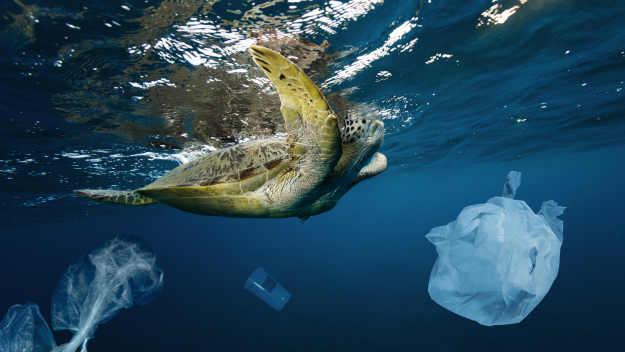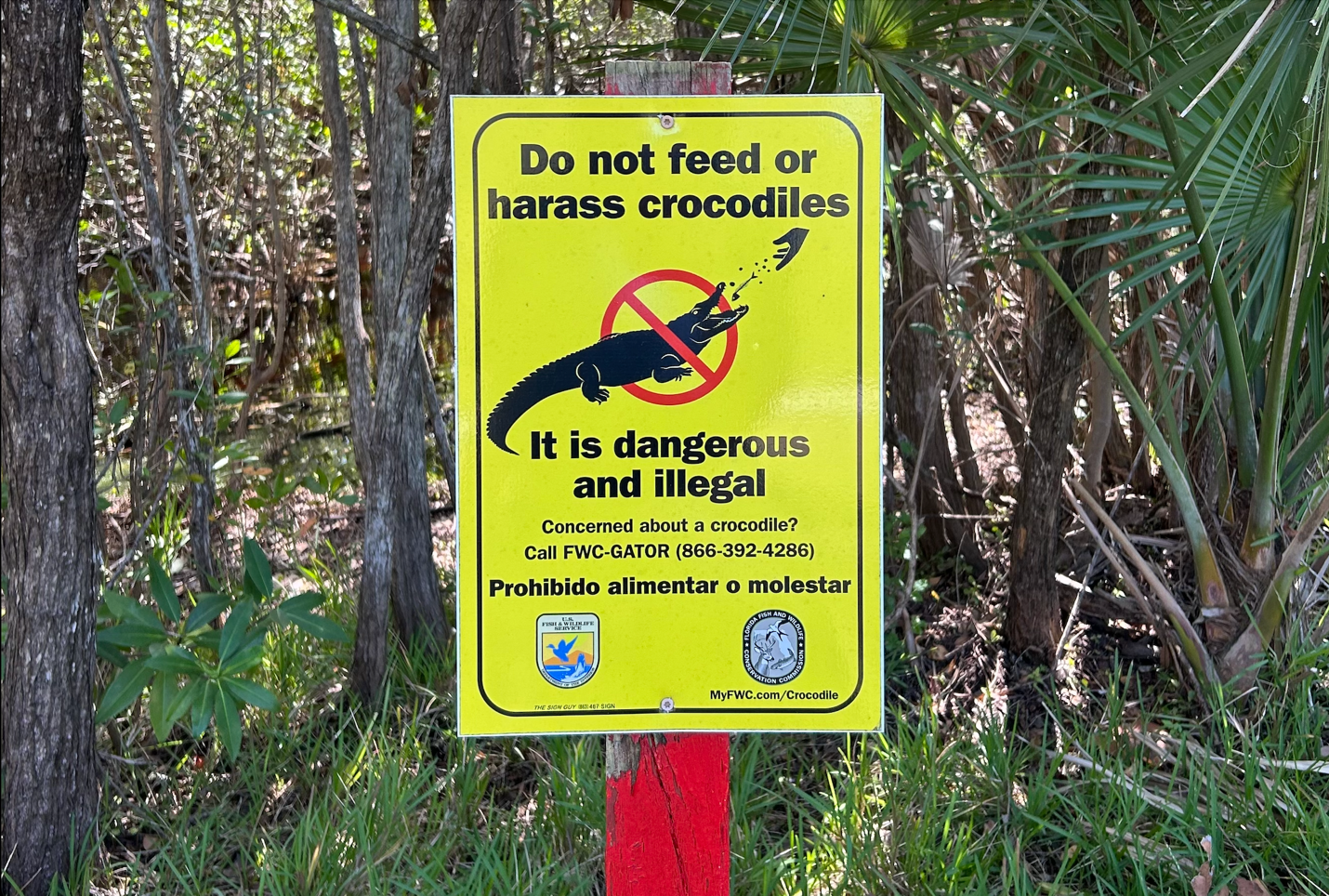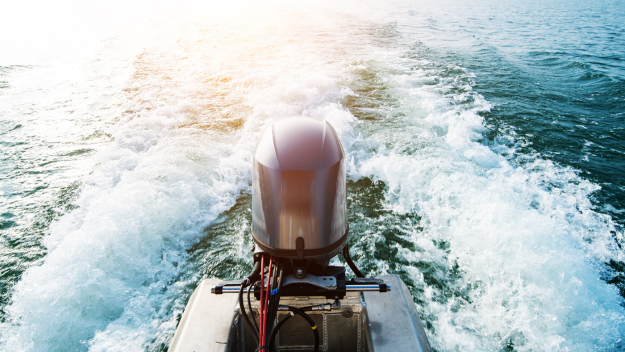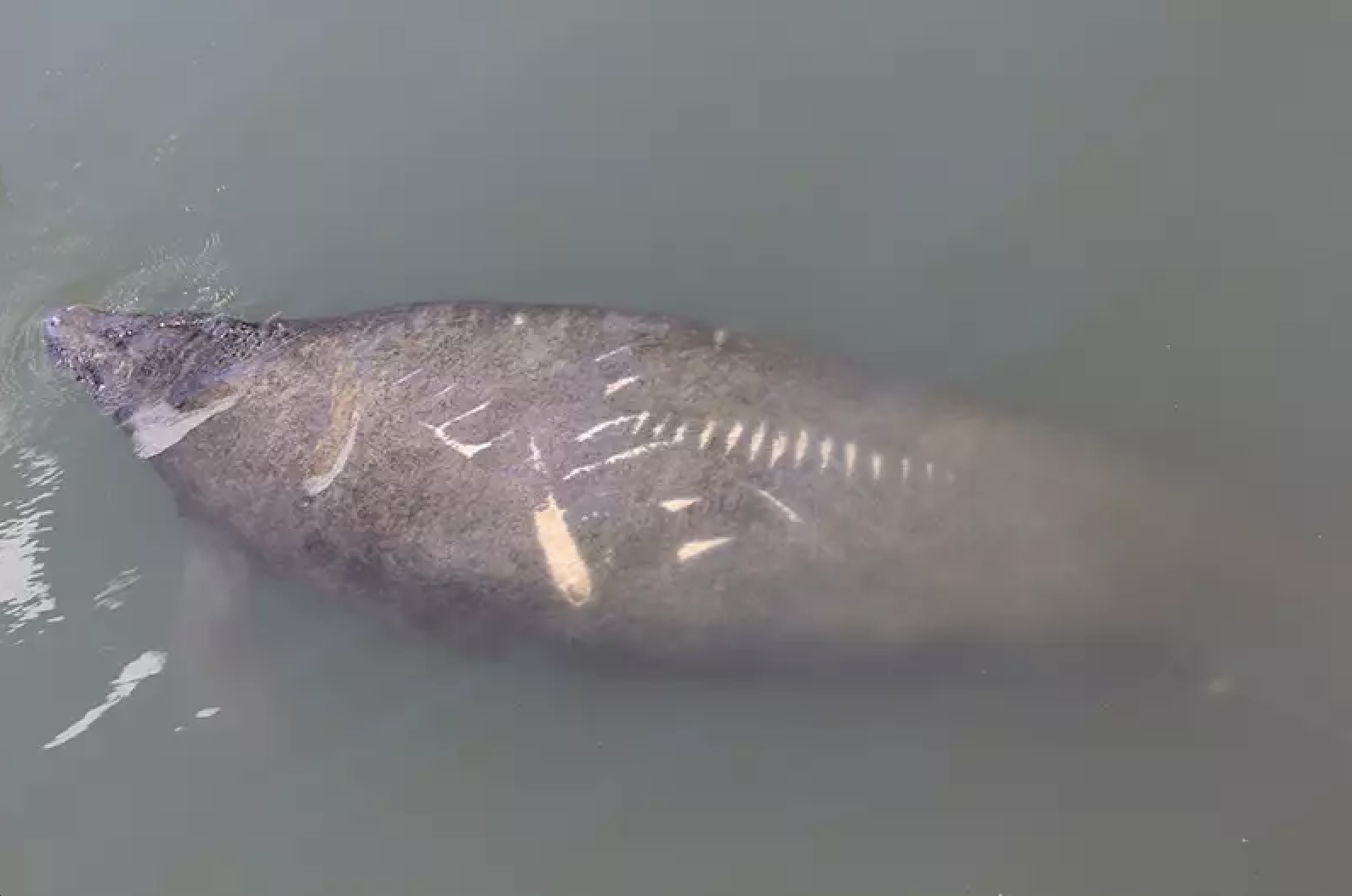While out at sea, whether for just a few hours or weeks at a time, boaters are often lucky enough to witness incredible marine life up close. Dolphins leaping through the waves, sea turtles gliding to the surface for a breath, or even a whale or shark stopping by to check you out. These moments can turn any ordinary trip into an unforgettable adventure. But as exciting as these encounters are, it’s important to follow a few marine animal safety guidelines to keep marine wildlife conservation at top of mind and keep both their safety and ours.

Think Before You Feed
It might be tempting to toss a snack overboard to bring an animal closer, but feeding marine life can have serious consequences. Not only does it put their health at risk, but it also encourages them to seek out human interaction. Responsible boating practices prohibits actions that that can be dangerous, even deadly.
Wild animals rely on their natural diets to stay healthy. Offering food that isn’t part of their normal menu can lead to nutritional imbalances or even digestive issues from processed ingredients they aren’t built to handle. More importantly, feeding wildlife conditions them to associate boats and people with food, increasing the chances of risky encounters. Sadly, studies show that animals that become dependent on human interaction are far more likely to be injured – or worse.
So, no matter how much they beg, resist the urge to feed them. The best way to show your appreciation is by letting them stay wild. Wildlife-friendly boating should be the top priority. Curious about feeding marine animals dangers? Check out “5 Reasons Not To Feed Marine Life” by Secret Paradise Maldives.
Look, But Don’t Touch
If an animal approaches your boat, consider yourself lucky! But no matter how tempting it is to reach out, keeping your hands to yourself is crucial for their well-being. This also enforces boat strikes prevention.
Fish, for example, are covered in a special mucus layer that acts as a natural defense, protecting them from infection and harmful bacteria. This slimy coating is packed with antimicrobial properties, serving as their first line of defense against the harsh marine environment. Touching them can strip away this protective barrier, making them vulnerable to disease.
The same principle applies to other marine creatures: sea turtles, seals, even corals. A hands-off approach ensures they stay safe and healthy while allowing you to enjoy them from a respectful distance. So, take in the moment, snap a picture, but let them be – keep safe wildlife interactions at sea!
Watch Your Speed: Marine Life is Everywhere
Even if you don’t see them, marine animals are always around. That’s why respecting speed limits and “no wake zones” are so important to prevent boat strikes and protect fragile habitats.
In Florida, slow-moving animals like manatees and sea turtles spend a lot of time in shallow seagrass beds. Unfortunately, this makes them particularly vulnerable to collisions with boats. One study found that 25% of adult Florida manatees have been struck by vessels ten or more times (Bassett et al.). Even non-fatal strikes can leave serious injuries that impact their ability to survive.
Boaters should also monitor their depth to avoid stirring up sediment and damaging seagrass beds—vital ecosystems that provide shelter and food for countless marine species. A little extra caution goes a long way in protecting the ocean and its inhabitants.
See Something? Say Something: How To Report Injured Marine Animals
If you come across an injured, stranded, or trapped animal, time is critical! Responsible boaters can make a real difference by reporting these incidents to the proper authorities, giving these animals a chance to receive medical attention and recover.
In Florida, report sick, injured, or dead wildlife to the Florida Fish and Wildlife Conservation Commission’s alert line at 1-888-404-3922. Your quick action could save a life.
Want to learn more about how to be a sustainable boater and protect the environment? Check out our article "The Plastic Problem" to discover simple actions you can take to make a real difference!
References
Bassett BL, Hostetler JA, Leone E, Shea CP and others (2020) Quantifying sublethal Florida manatee–watercraft interactions by examining scars on manatee carcasses. Endang Species Res 43:395-408. https://doi.org/10.3354/esr01075
Dash, S., Das, S. K., Samal, J., & Thatoi, H. N. (2018). Epidermal mucus, a major determinant in fish health: a review. Iranian journal of veterinary research, 19(2), 72–81.
Christiansen, F., McHugh, K. A., Bejder, L.,, Siegal, E. M., Lusseau, D., McCabe, E.B., Lovewell, G., Wells, R.S. (2016). Food provisioning increases the risk of injury in a long-lived marine top predator. R. Soc. Open Sci.3160560
Photo Reference:
State of Florida. (n.d.). New Study Shows Impact of Watercraft on Manatees. Florida Fish and Wildlife Conservation Commission. https://myfwc.com/research/manatee/rescue-mortality-response/publication/





